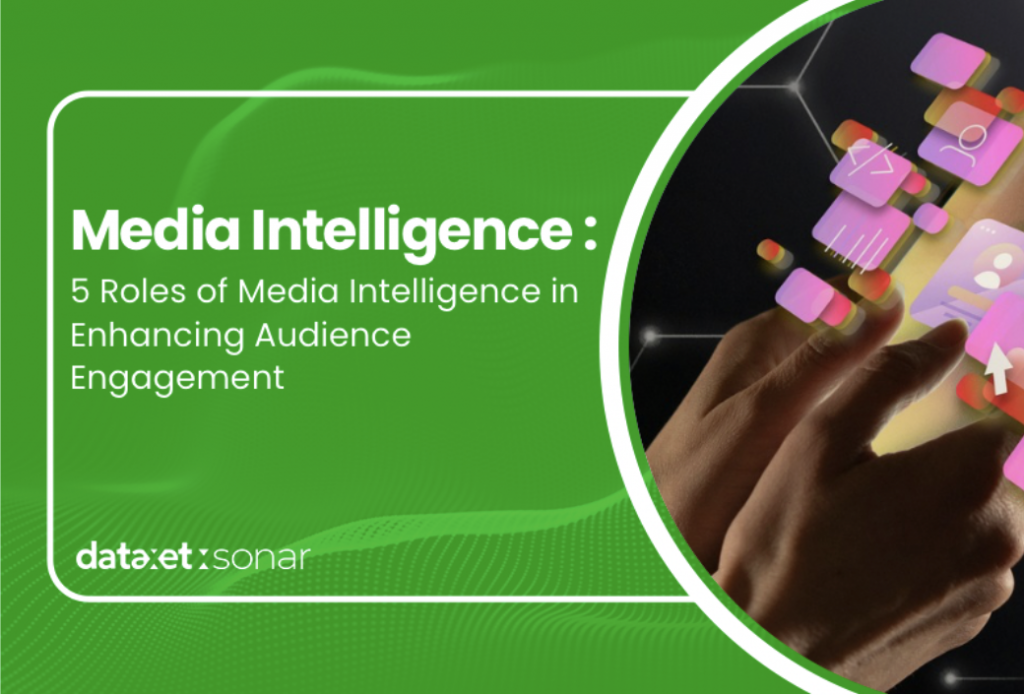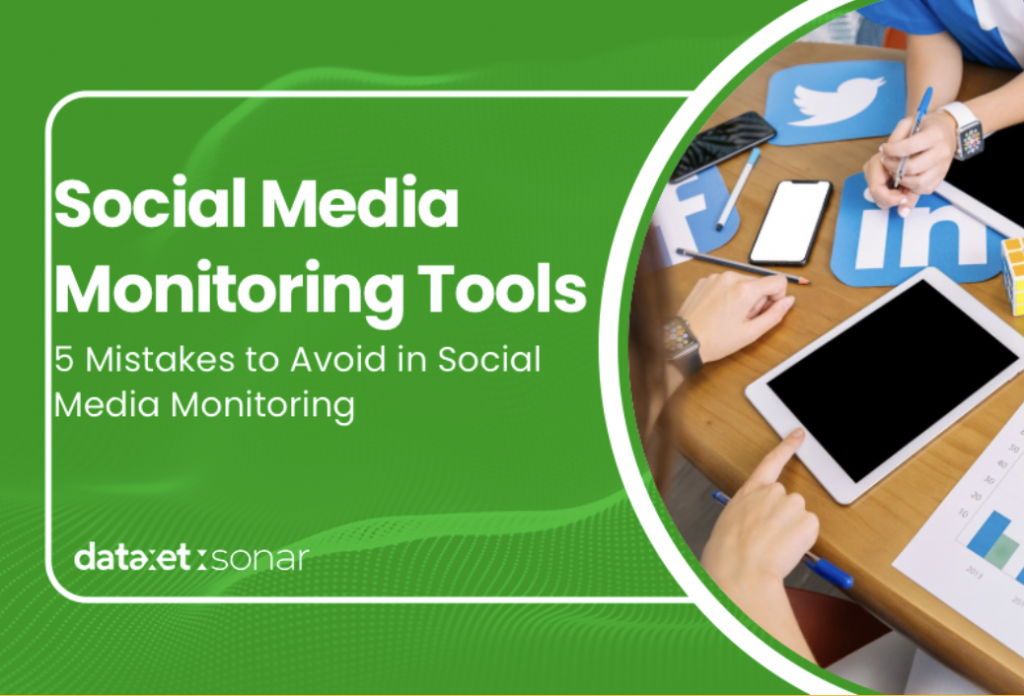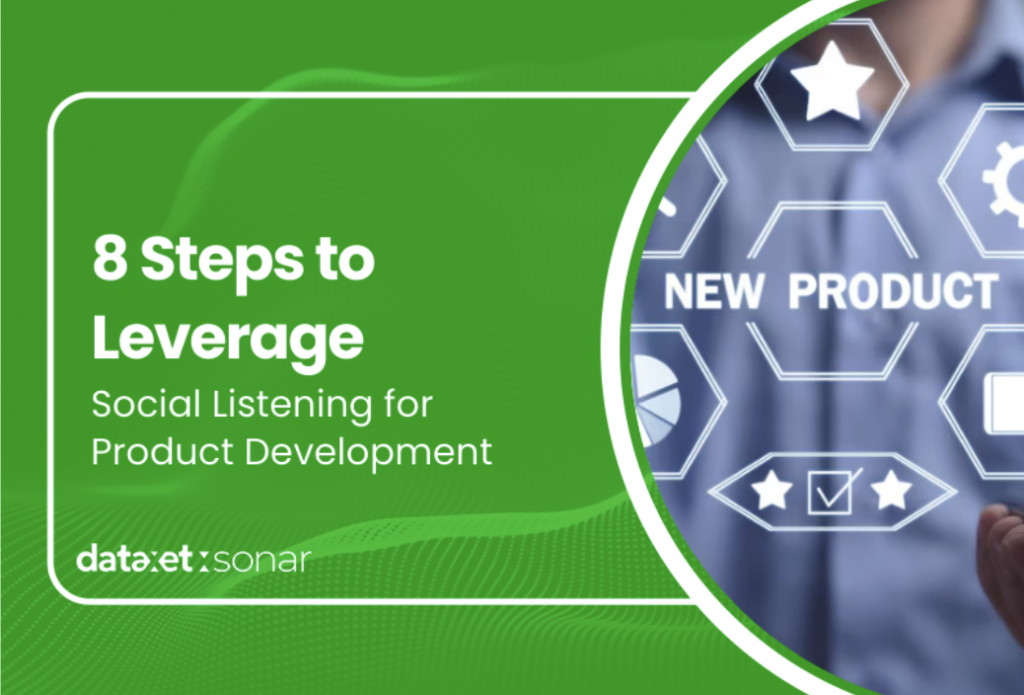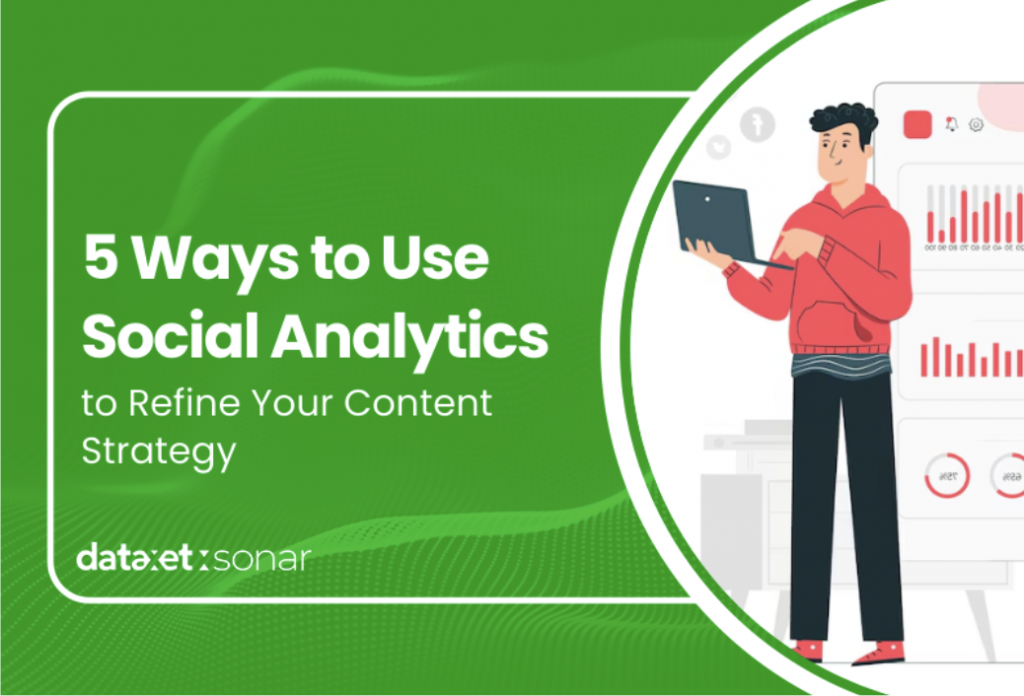The effective use of an integrated media strategy will ensure that all segments of your audience can see the advertisements or content displayed, even on multiple channels simultaneously.
With an integrated media strategy, you can reach your audience through various social media channels such as YouTube videos, Instagram posts, Facebook, LinkedIn blogs, and more. In addition to digital media, integrated media strategy can also leverage multichannel strategies that combine traditional and digital techniques, including radio, TV, billboards, social media, streaming ads, search engine marketing, email marketing, events, or partnerships. Thus, leveraging integrated media planning can significantly increase the results of a brand’s marketing efforts.
The task of an integrated media planner is to choose the type of channel to display advertisements and content. Before deciding which media channel to use for your marketing campaign, you need to go through the following steps of integrated media strategy planning.
1. Determine Your Campaign Goals
Determining your campaign goals is the first step before you start creating an integrated media plan. You need to have written goals in order to create strategies, just like any other marketing effort.
For example, you may want to reach a certain number of audiences within a specific time frame. Or, you may simply want to increase brand awareness in a relatively new market. Whatever it is, make sure to write down your goals and targets, so that you can monitor your progress regularly.
2. Choose Your Target Audience
This will be easier to do if your brand already has a well-known persona or identity among its audience. If your brand already has several personas, you can choose which persona to target for a particular campaign.
If your brand does not yet have a brand persona for its target audience, now is the time to develop one. Demographic details such as education level, income, gender, and age can be included in your audience profile. In addition, you can also include your target audience’s objectives, also the strengths and weaknesses of each audience.
Knowing what is important to your audience, how they live, and what problems they face will provide a better understanding of your target market. In essence, you need to know the audience you want to reach in order to provide content that meets their needs.
3. Choose Various Media for Your Campaign
Choosing the place or channel to spread your marketing campaign is the key step in integrated media planning. The type of media you choose will depend on the target audience you want to reach and the goals you have set for your campaign.
Using market research tools to gather data on your target audience and their media consumption habits can help you make informed decisions about which channels to use for your campaign. The use of media monitoring and social media monitoring tools can also help you stay on top of what is being said about your brand, so you can adapt your campaign accordingly.
4. Create a Content Strategy
Once you have chosen the media channels to be used for your campaign, it is time to create a content strategy. Your content strategy should align with your overall marketing goals and be tailored to the needs and interests of your target audience.
Your content should be relevant, engaging, and delivered in a way that resonates with your target audience. Using visual aids such as images and videos can help increase the impact of your content and make it more memorable.
5. Execution and Analysis
Once everything is completed, it’s time to evaluate your strategy plan. Respond to questions such as “Which channel was the most successful?” and “Have I used different media platforms correctly?” The answers to these questions can be used to improve future campaigns.
However, don’t change the running strategy too often, so you can see its performance over time with media monitoring. Measure and record the results before making any changes to each campaign, because that information contains short and long-term strategies and goals that can be leveraged for future planning.
Integrated media strategy is almost always part of a large-scale marketing effort. Therefore, you also need to balance the use of traditional and digital marketing strategies because the audience generally expects a varied experience. The essence of integrated media is to deliver the right message at the right time to the right audience in a campaign.
To support the implemented integrated media strategy, you can use various social media monitoring tools such as Integrated Intelligence Platform from dataxet:sonar.






